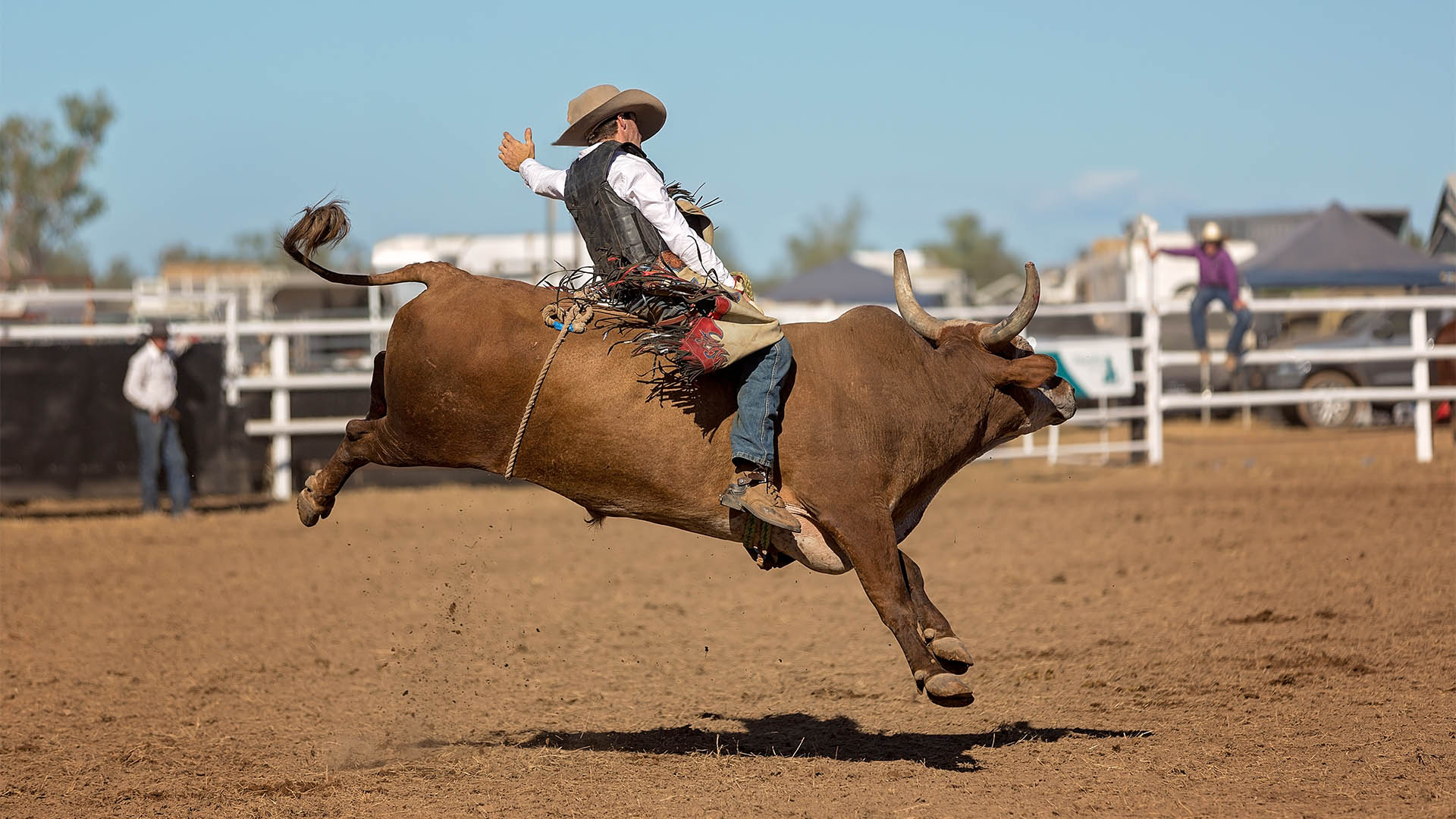A 13-year high for the Producer Price Index (PPI) across China’s huge manufacturing sector in August has confirmed the failure of the concerted effort by the government of President Xi Jinping to suppress the cost of key commodities and services.
Data from the National Bureau of Statistics (NBS) revealed that the PPI rose an annual 9.5% in August from a year earlier – higher than the 9% rise in July and the market forecast of 9%.
At the same time Consumer price inflation slowed surprisingly to an annual rate of just 0.8% from 1% in July and was the slowest rate of inflation since April.
The slowdown in CPI (up just 0.1%) in August from July and lower than the 1% in the same month and a similar sized market forecast), was mainly due to a 44% slump in pork prices.
This means China is not only facing weak demand domestically (but not externally as the sold export data showed this week) for a wide range of services, but the cost pressures are making life doubly hard for producers across the board.
It’s not quite stagflation, but the elements are there for this debilitating period for the economy.
The government has been trying to ease price pressures across the country’s huge manufacturing sector now for three months already grappling with the aftershocks of the Covid pandemic.
From steel, to oil, to coal, to copper, to the price of foodstuffs, internet services, finance, funds management, the government has attempted to embarrass, harass and worse the various players into cutting prices, or accepting greater controls.
Thousands of tonnes of key metals in copper, lead, zinc and aluminium have been sold into China’s domestic market in an effort to put a lid on high prices – all due to the surge in global prices in the first half of this year and which continue (except for iron ore) near those highs in the current half year
The 9.5% rise in the PPI last month was the highest annual rate since hitting 10.1% in August 2008.
Economists said it was is also the third-highest reading since the start of the NBS database in October 1996, with the PPI index also hitting 10 per cent in July 2008.
This was the eighth straight month of increase in the PPI and is well below the 3% target for this year and 2020’s 3.5% rate.
China’s core consumer inflation rate, excluding volatile food and energy prices, rose by 1.2% in August compared with a year earlier, down from 1.3% in July.
Food prices fell by 4.1% from a year earlier in August, against a fall of 3.7% in July.
Non-food prices were up 1.9% in August, year on year, down from 2.1% in July.
Month on month the CPI rose 0.1% against forecasts for a rise of 0.5% and a 0.3% rise in July.
Chinese media reported that NBS senior statistician Dong Lijuan explained that non-pork food prices rose thanks to the sporadic coronavirus outbreaks across the country which interrupted supplies, coupled with the impact of rainstorms and summer heat.
Pork prices fell again supply continued to increase in the recovery from the long bout of swine fever.
“Mainly affected by the pandemic, the consumption of travel services such as air tickets, tourism and hotel accommodation has been restrained, and prices have changed from rising to falling (in month-on-month terms),” she said.
“Industrial product price hikes also accelerated both compared with last month and last year in August, affected by rising prices of products such as coal, chemicals and steel.”













